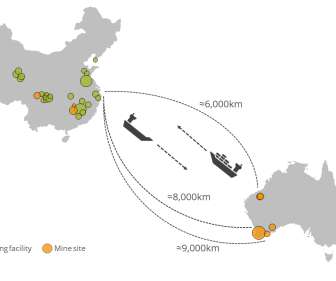Evidence from glacier ice: Until it was banned, leaded gasoline dominated the anthropogenic lead emissions in South America
Green Car Congress
MARCH 8, 2015
Leaded gasoline was a larger emission source of the toxic heavy metal lead than mining in South America, even though the extraction of metals from the region’s mines historically released huge quantities of lead into the environment, according to a study by researchers from the Paul Scherrer Institute PSI and the University of Bern.











Let's personalize your content